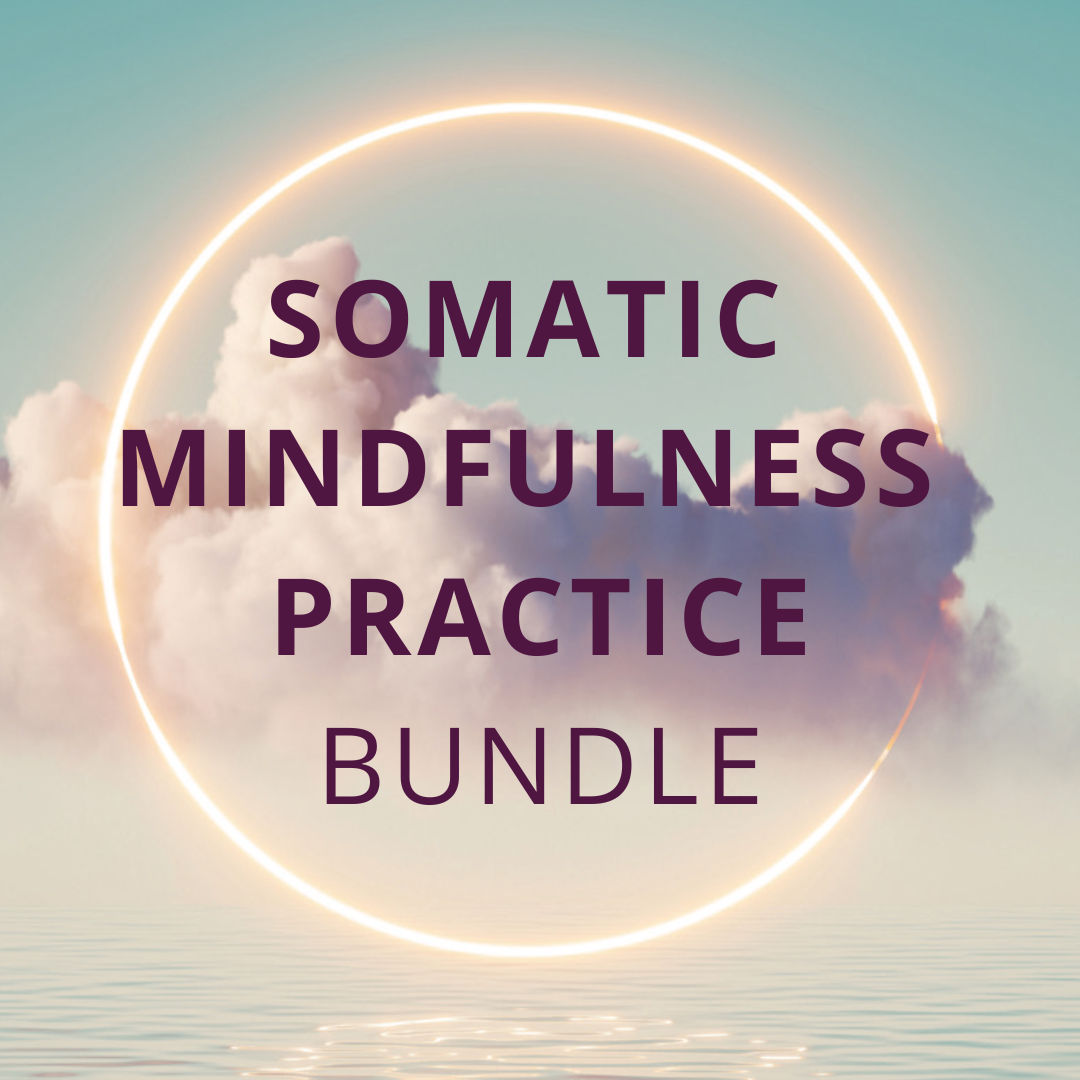Somatic Mindfulness Practice Bundle
Explore an embodied path to inner peace with this Somatic Mindfulness Practice Bundle for Jewish women.
Ground yourself with seven 10-minute practices, each accompanied by gentle background music.
Cultivate serenity, regulate your nervous system, and deepen your connection to Hashem’s ever-present support.
Alternatively, you may download these for free without the background music on my podcast.
₪175
Description
Here are the Somatic Mindfulness Practices included:
1. Embodied Values Exploration
Rena guided the participants through a meditation exercise to help them become more aware of their thoughts and emotions. She encouraged them to focus on a primary thought that had been preoccupying them, to question how it aligned with their values, and its corresponding emotional sensation. She then led them through an exercise to explore the opposite of this thought, to question how it aligned with their values, and its corresponding emotional sensation. Then moving back and forth between the two thoughts, the participants deepened their felt experience of each thought, leading them to further integration of their values.
2. Embodying Opposites of Thoughts
Rena guided the group through a meditation exercise focused on thoughts. She started by instructing the participants to use the physiological sigh. Rena then invited the participants to shift to noticing the thoughts that were prominent in their minds, with emphasizing that these thoughts are from Hashem. She then asked the participants to bring these thoughts into their bodies, observe their physical response, and compare it to the response when thinking an opposite thought. The exercise ended with a deep breath and a reflection on the effect this had on their bodies and minds.
3. Emotion Dialogue
Rena led a meditation session where she guided participants to focus on their physical and emotional states, identify their dominant emotion, and converse with it with compassion. She suggested asking the emotion what it likes or dislikes, what it needs, and how to help.
4. Joy and Nervous System Regulation
Rena guided a meditation exercise designed to help the participants shift their nervous system state and find a sense of joy. She first asked the participants to focus on their breath and bodily sensations. Then, she instructed them to bring to mind a memory, image, person, place, or thing that brings them a sense of joy. They were asked to imagine this and notice how it felt inside their body, shifting their focus back and forth from the initial sensation to the feeling of joy. Finally, they were guided to stay with the sense of joy, inviting it to spread throughout their bodies, and observe how their state had shifted after spending time with the feeling of joy.
5. Orienting
Rena guided a meditation starting with focusing on breathing and then shifting one’s attention between something directly in front and then to the surrounding space, expanding it to the whole world. She then guided the attention inward, focusing on an object or emotion inside the body, and then to the space all throughout the body. Finally, she suggested that they find a word to describe their experience to integrate it into their whole body and take it into their day.
6. Neshama Support Exercise
Rena guided the participants through a breathing exercise, and then introduced the concept of how the Neshama is the mother of the Nefesh and can provide emotional support. She invited the participants to connect with their bodies, paying attention to their feelings and needs. She then suggested imagining the Neshama as a loving mother, and invited the participants to let their felt sense express its feelings without judgment, trusting that their needs could be met in this way. The exercise was open-ended, allowing participants to stay in this supported state for as long as they needed.
7. Sensing Hashem’s Support
Rena guided the participants through a meditation exercise to connect with their bodies and minds. She encouraged deep breathing and awareness of the surrounding environment. The aim was to recreate the felt sense of a memory of feeling Hashem’s support in the present, focusing on the physical sensations and emotions it invoked. Rena reminded the participants that they could return to this place of peace and comfort at any time they needed additional support.

